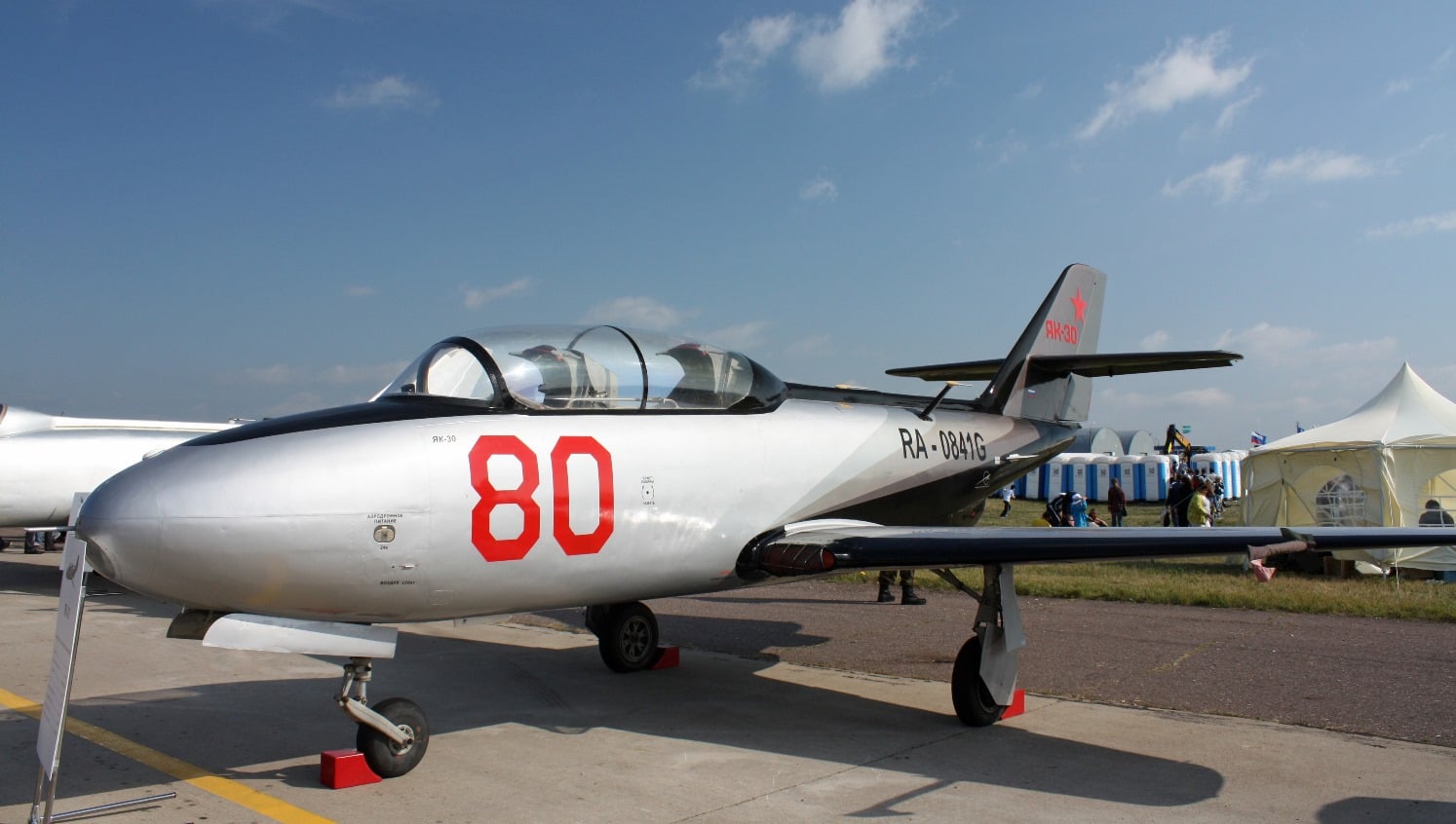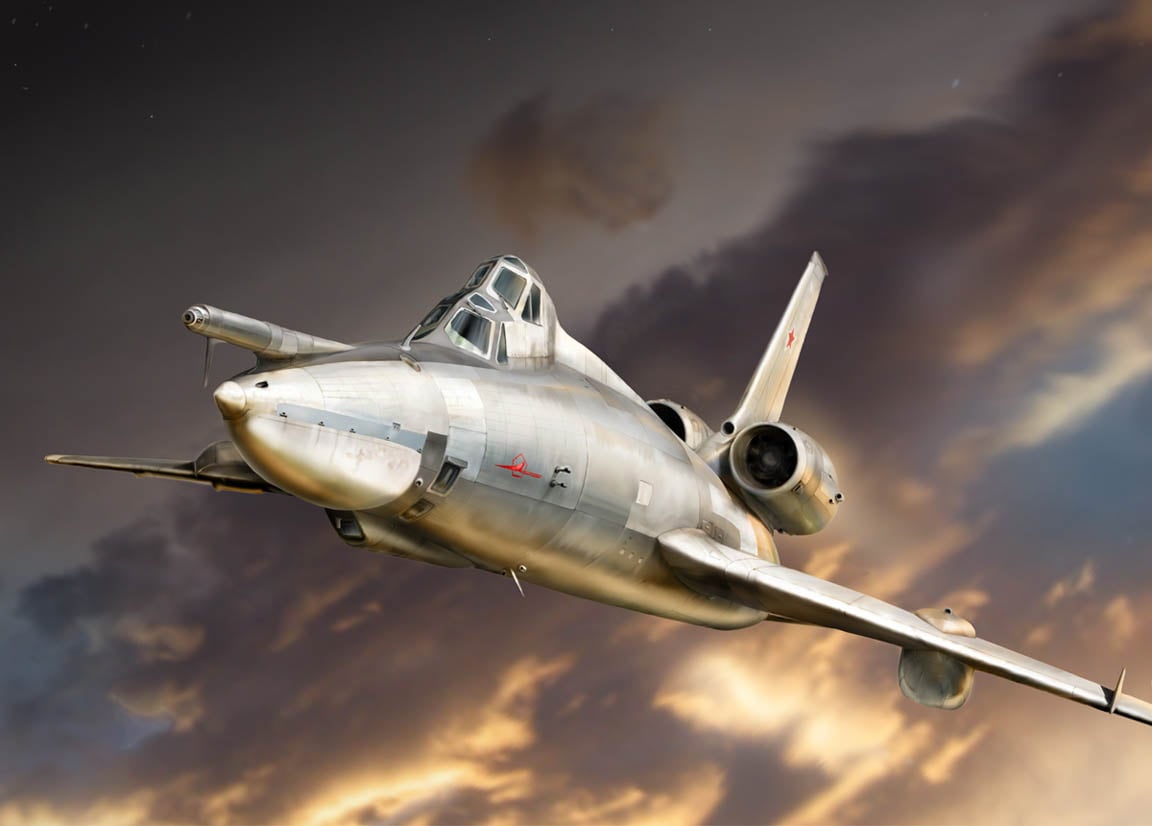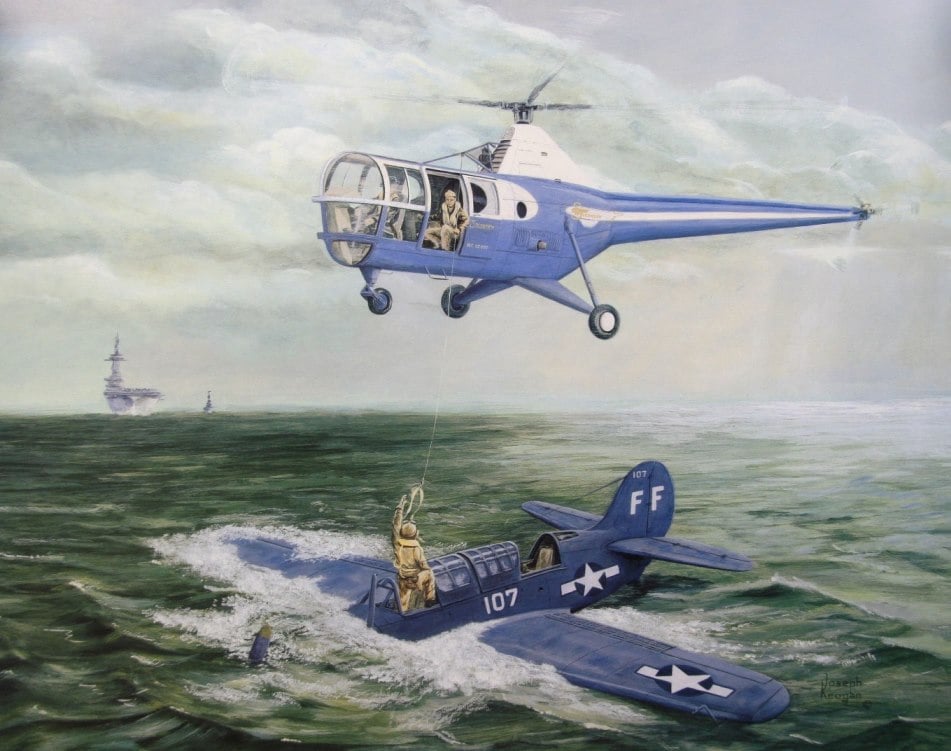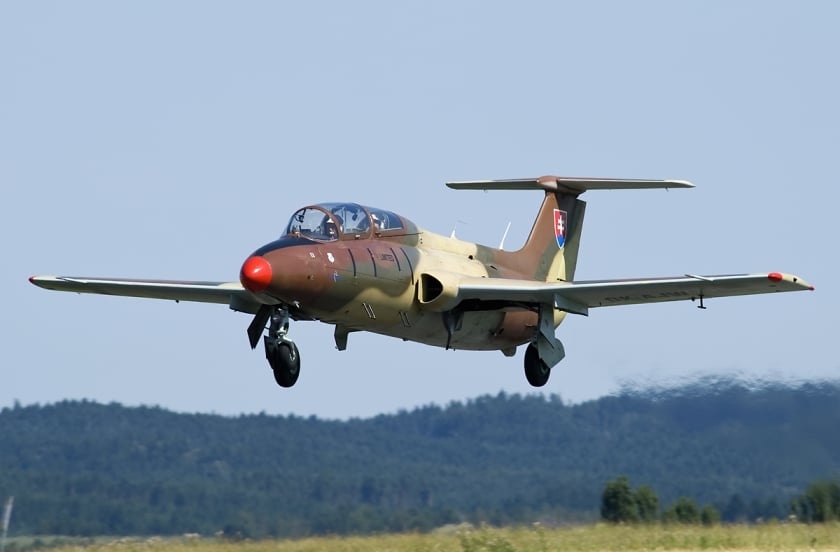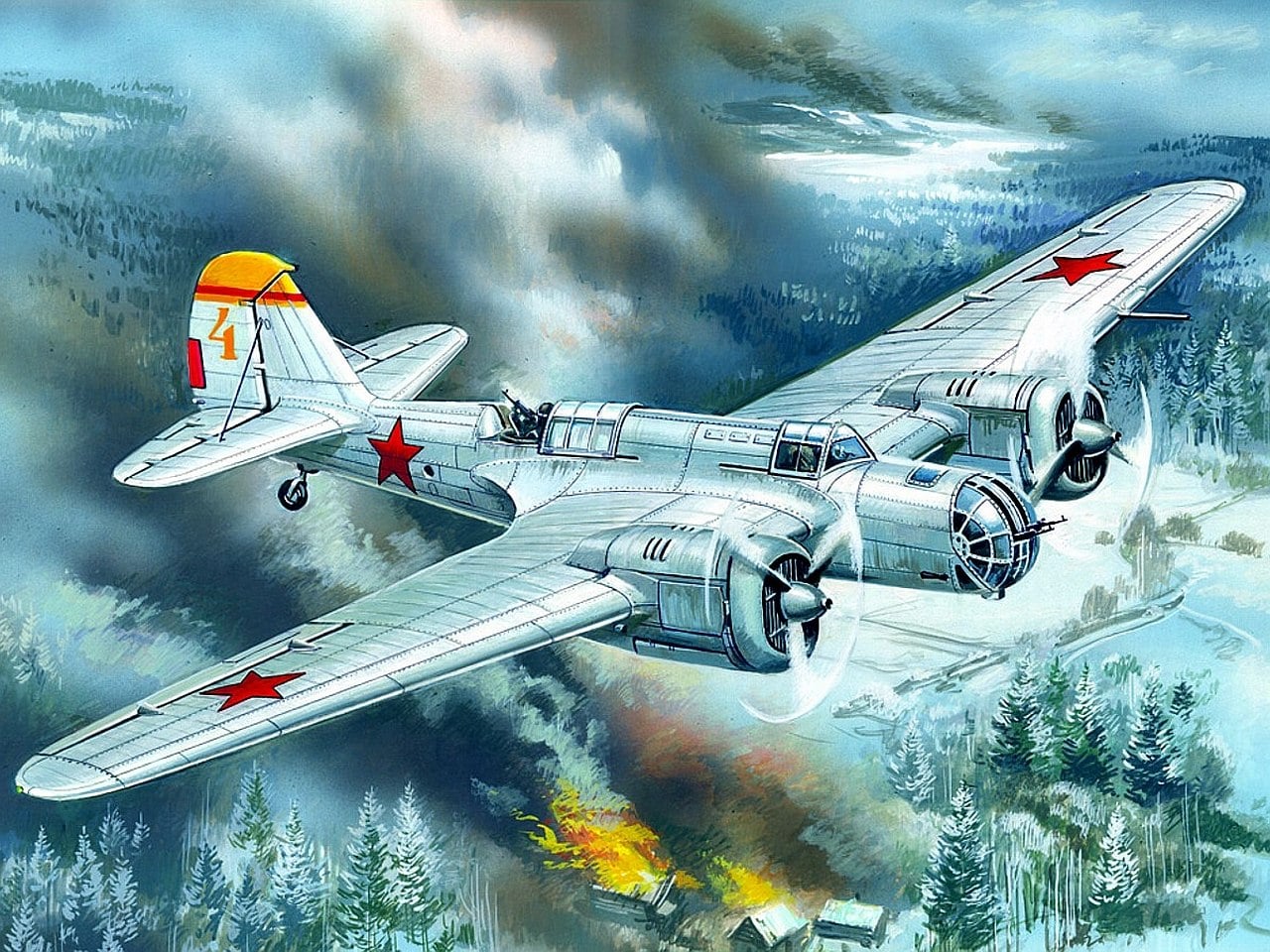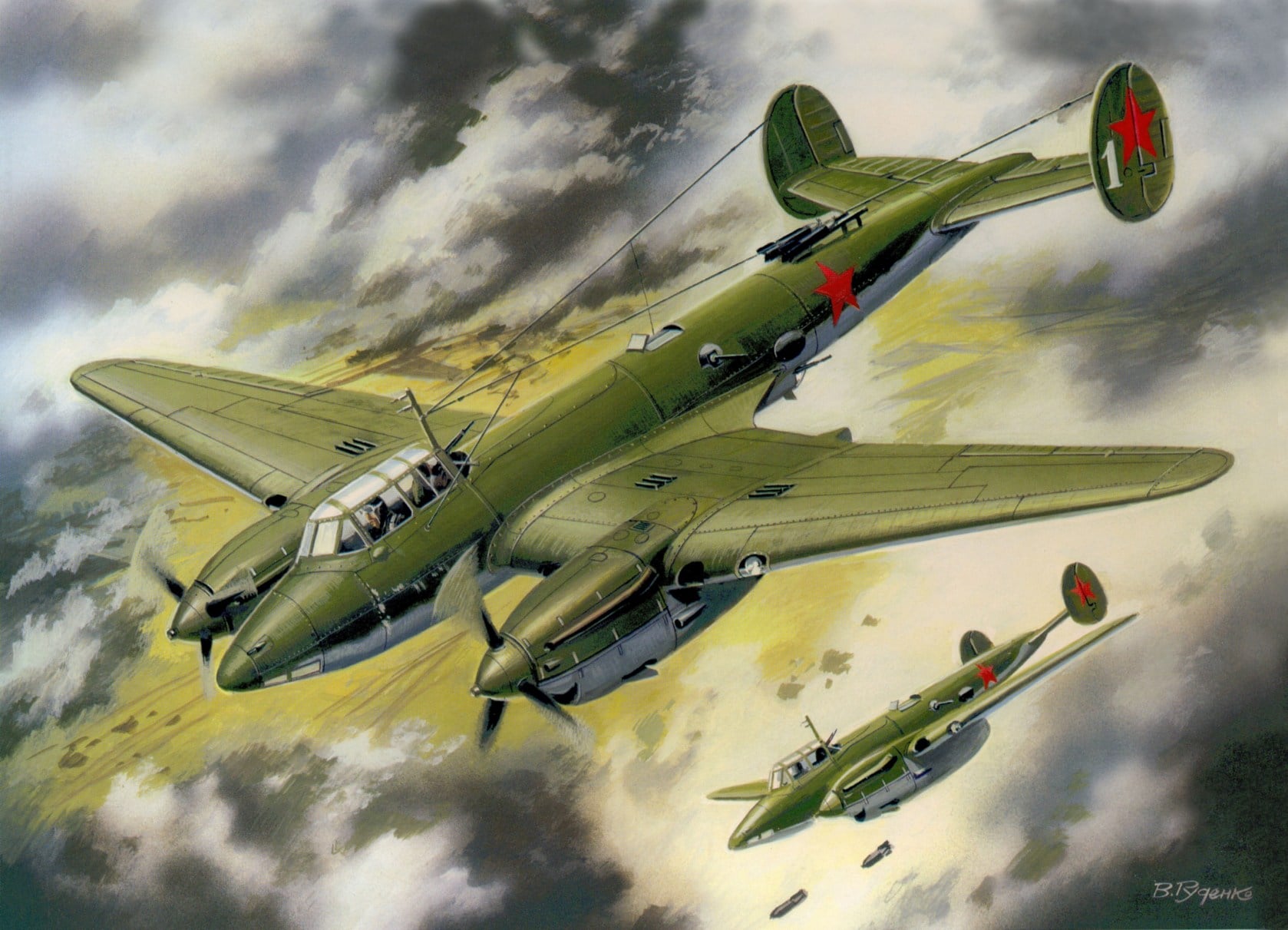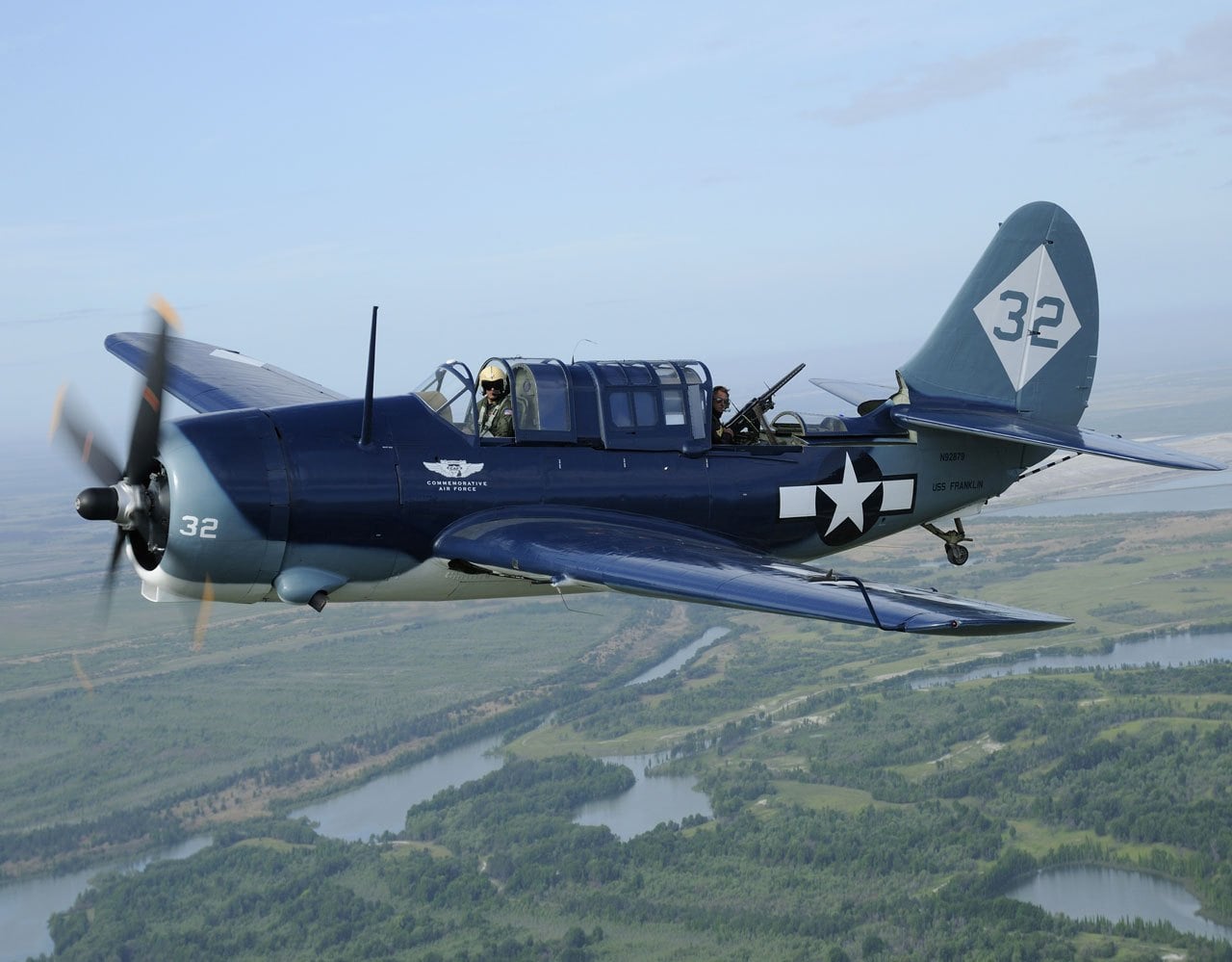 The plane was developed at the request of the Polish air force jet training plane. It was the first jet car built in Poland. Work began in 1957, the First prototype with a British engine, the Armstrong first flew on 5 February 1960, the Following two prototypes had the engine “Viper”.
The plane was developed at the request of the Polish air force jet training plane. It was the first jet car built in Poland. Work began in 1957, the First prototype with a British engine, the Armstrong first flew on 5 February 1960, the Following two prototypes had the engine “Viper”.
Aviation
The Yak-30 (USSR)
 Designing a training jet aircraft Yak-30 began in the Yakovlev design Bureau in 1957, In 1960 it was built two prototypes, which were tested from may 1960 to March 1961, there were performed 82 flight a total duration of 43 hours 36 mins No difficulties in the operation of the airplane and engine did not arise.
Designing a training jet aircraft Yak-30 began in the Yakovlev design Bureau in 1957, In 1960 it was built two prototypes, which were tested from may 1960 to March 1961, there were performed 82 flight a total duration of 43 hours 36 mins No difficulties in the operation of the airplane and engine did not arise.
THE MOST SUCCESSFUL NAVAL FIGHTER
 The Grumman F6F HELLCAT. Analysis of the results of air combat in South-East Asia with the participation of the new Japanese high-speed fighters allowed American experts to draw a conclusion about necessity of creation in the US carrier-based fighters with higher performance. Orders to create prototypes were issued to multiple firms.
The Grumman F6F HELLCAT. Analysis of the results of air combat in South-East Asia with the participation of the new Japanese high-speed fighters allowed American experts to draw a conclusion about necessity of creation in the US carrier-based fighters with higher performance. Orders to create prototypes were issued to multiple firms.
THE HARDEST SURVIVOR
 Strategic bomber b-52 STRATOFORTRESS. Contest project of a new reagent tion of the strategic bomber to replace the CONVAIR piston-IN-36 were announced, the U.S. air force in 1946. Despite the fact that some high-ranking air force officers did not believe in the possibility of the construction of a heavy jet with a range of over 13,000 km, company Boeing, Convair and Douglas enthusiastically set to work.
Strategic bomber b-52 STRATOFORTRESS. Contest project of a new reagent tion of the strategic bomber to replace the CONVAIR piston-IN-36 were announced, the U.S. air force in 1946. Despite the fact that some high-ranking air force officers did not believe in the possibility of the construction of a heavy jet with a range of over 13,000 km, company Boeing, Convair and Douglas enthusiastically set to work.
Tu-22
 The Tu-22 was designed to replace the Tu-16. The design of the new aircraft under the symbol “105” was initiated in the Tupolev 15 August 1955 and August 1957 was completed construction of the prototype. 21 Jun 1958 “105” made its first flight. Since 1957, he designed an improved prototype, “105A”, which became the prototype of the Tu-22. The Tu-22 were built at the Kazan plant № 22 from the beginning of 1959 to December 1969. It was built 311 aircraft of this type (modification of the Tu-22 and Tu-22B, scout the Tu-22R, Tu-22K, jammer Tu-22P and training aircraft Tu-22U).
The Tu-22 was designed to replace the Tu-16. The design of the new aircraft under the symbol “105” was initiated in the Tupolev 15 August 1955 and August 1957 was completed construction of the prototype. 21 Jun 1958 “105” made its first flight. Since 1957, he designed an improved prototype, “105A”, which became the prototype of the Tu-22. The Tu-22 were built at the Kazan plant № 22 from the beginning of 1959 to December 1969. It was built 311 aircraft of this type (modification of the Tu-22 and Tu-22B, scout the Tu-22R, Tu-22K, jammer Tu-22P and training aircraft Tu-22U).SIKORSKY H03S (S-51) DRAGONFLY

 Igor Sikorsky, an outstanding Russian aircraft designer and industrialist, was one of the pioneers of aviation in Russia. Characteristically, the first aircraft built by Sikorsky in the years 1908-1911 was the coaxial helicopters. Powerful enough engines don’t allow these helicopters to take off, but sympathy for these unusual cars he kept for life.
Igor Sikorsky, an outstanding Russian aircraft designer and industrialist, was one of the pioneers of aviation in Russia. Characteristically, the first aircraft built by Sikorsky in the years 1908-1911 was the coaxial helicopters. Powerful enough engines don’t allow these helicopters to take off, but sympathy for these unusual cars he kept for life.Aero L-29 Delfin (Czech Republic)
 The development of L-29 was started in 1955, took the initiative by a group of engineers from the Research and test flight Institute of Czechoslovakia. First flight of L-29 made the April 5, 1959 L-29 Czechoslovak is the first serial jet car. In 1961, by decision of the Soviet government for political reasons he was selected as the main training aircraft of the countries-participants of the Warsaw Treaty Organization. This decision was not fair – L-29 was lost to the Yak-30 in all the parameters was heavier on 765 kg had a 30% lower thrust-to-weight, 33% less range and less speed.
The development of L-29 was started in 1955, took the initiative by a group of engineers from the Research and test flight Institute of Czechoslovakia. First flight of L-29 made the April 5, 1959 L-29 Czechoslovak is the first serial jet car. In 1961, by decision of the Soviet government for political reasons he was selected as the main training aircraft of the countries-participants of the Warsaw Treaty Organization. This decision was not fair – L-29 was lost to the Yak-30 in all the parameters was heavier on 765 kg had a 30% lower thrust-to-weight, 33% less range and less speed.
“SPANISH” BOMBER TUPOLEV
 (The end. Beginning in № 3’02)
(The end. Beginning in № 3’02)
The plane SB (ANT-40) — high-speed bomber, made of a metal cantilever monoplane with two engines M-100A located on the wing.
PETLYAKOV PE-2
 Dive bomber PE-2 was developed in OKB V. M. Petlyakov on the basis of previously established experimental twin-engined high-altitude fighter VI-100. The first production PE-2 was released in 1940, and in the first half of 1941, the aviation regiments transferred 458 cars.
Dive bomber PE-2 was developed in OKB V. M. Petlyakov on the basis of previously established experimental twin-engined high-altitude fighter VI-100. The first production PE-2 was released in 1940, and in the first half of 1941, the aviation regiments transferred 458 cars.FROM BIPLANE TO MONOPLANE
 Carrier-based scout CURTISS SB2C HELLDIVER. In early 1938, the Bureau of Aeronautics of the U.S. Navy has developed the conditions of tender for the construction of a new deck of ramedica-bomber engine Right XR-2600 Cyclone. The dimensions of this plane involved the simultaneous placement of two such devices on the platform size 14,6×12,2 m samoletostroenie carrier. This requirement was most difficult to meet. Binding was considered as mechanisms for folding wings on the deck and the landing gear in flight.
Carrier-based scout CURTISS SB2C HELLDIVER. In early 1938, the Bureau of Aeronautics of the U.S. Navy has developed the conditions of tender for the construction of a new deck of ramedica-bomber engine Right XR-2600 Cyclone. The dimensions of this plane involved the simultaneous placement of two such devices on the platform size 14,6×12,2 m samoletostroenie carrier. This requirement was most difficult to meet. Binding was considered as mechanisms for folding wings on the deck and the landing gear in flight.

